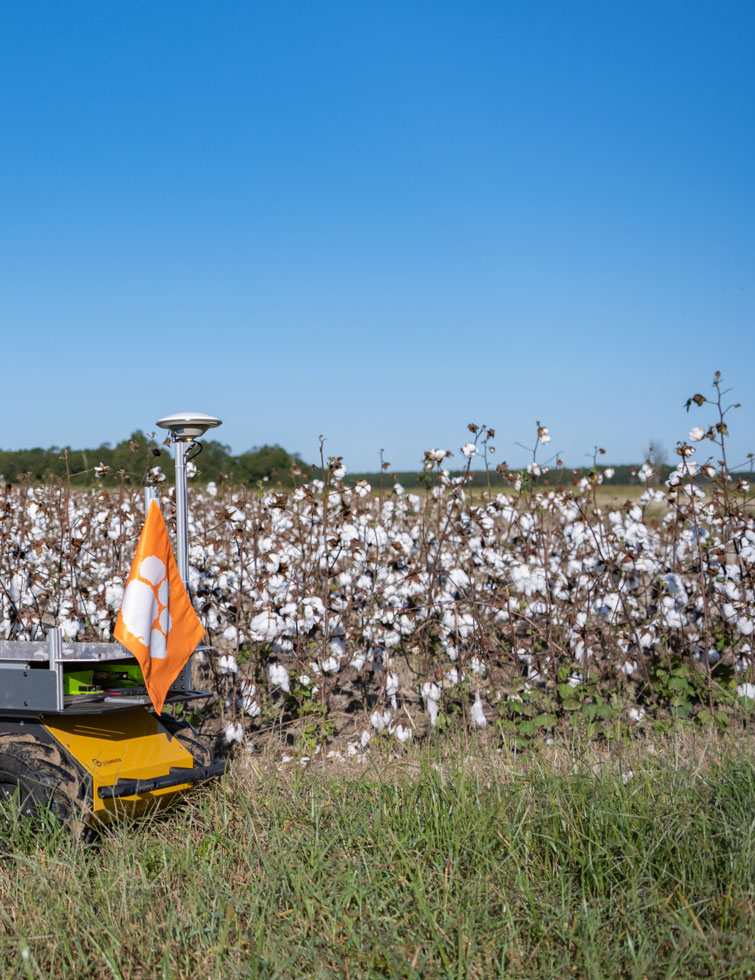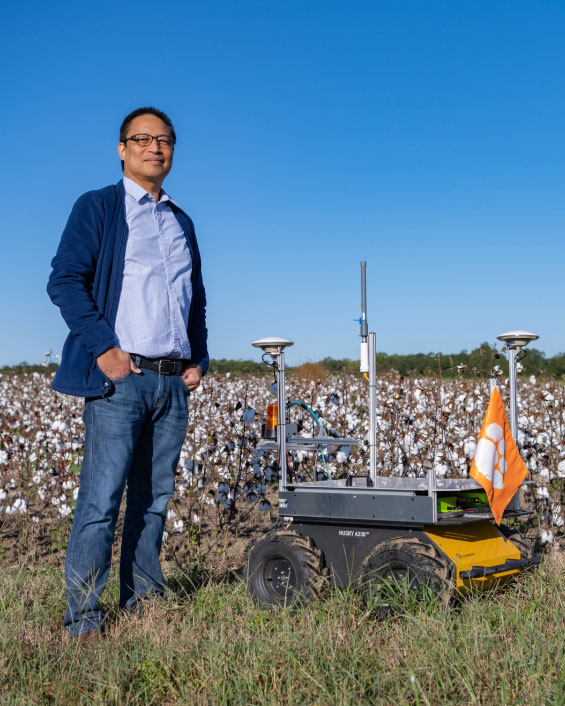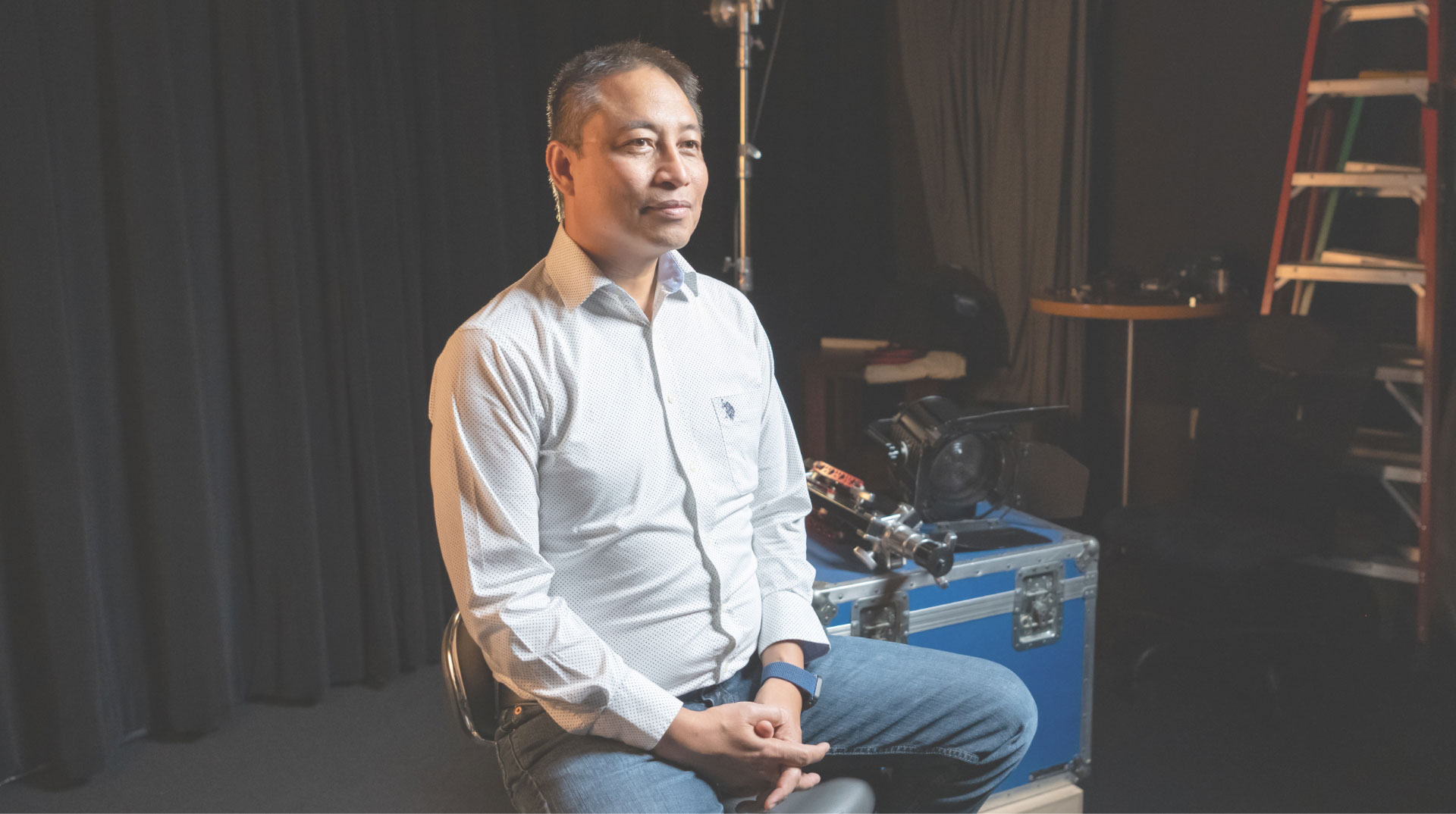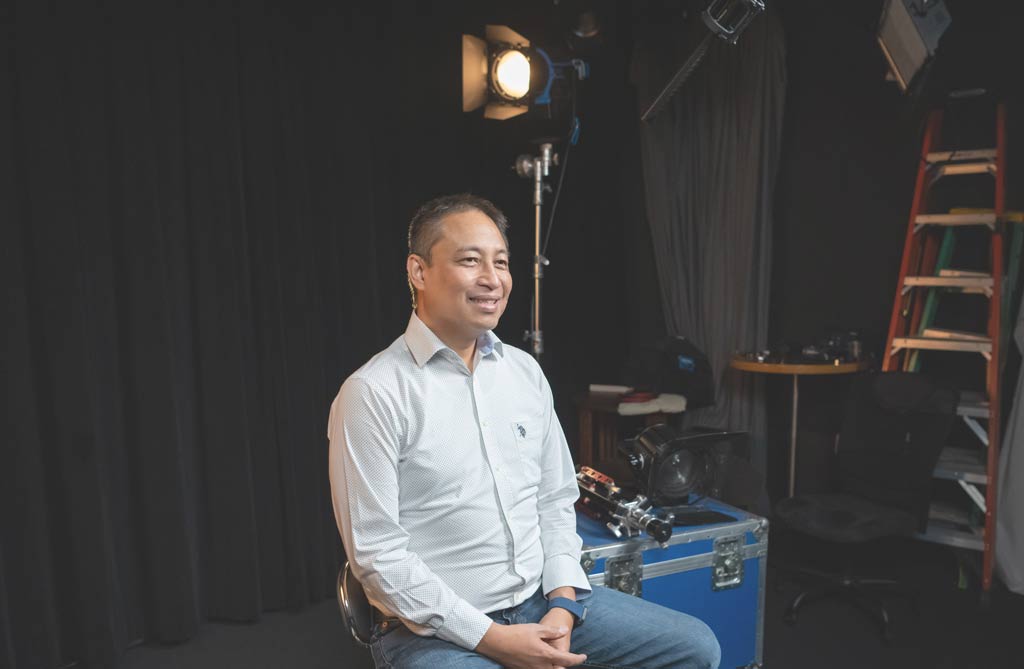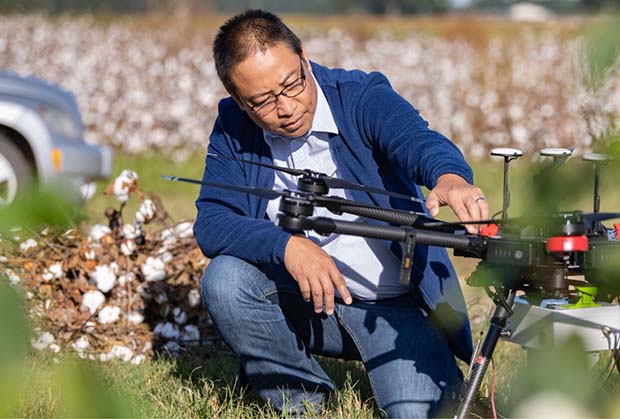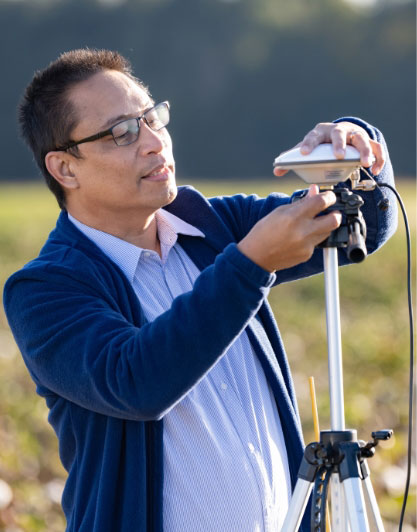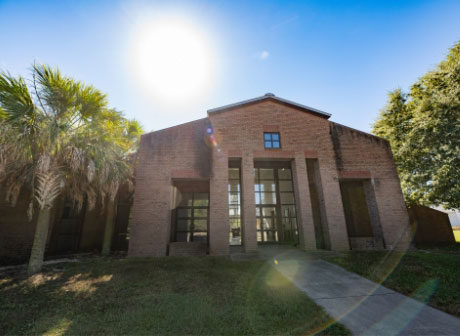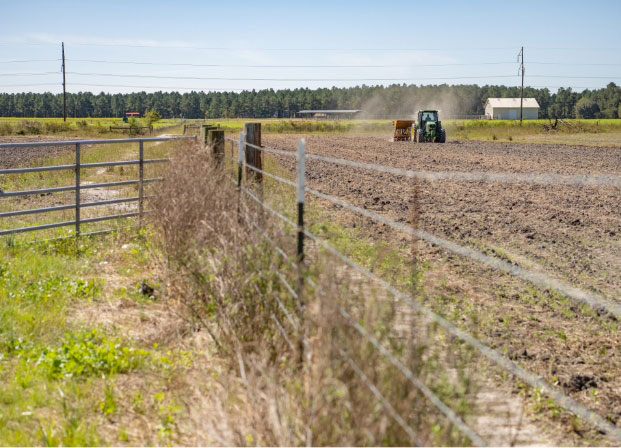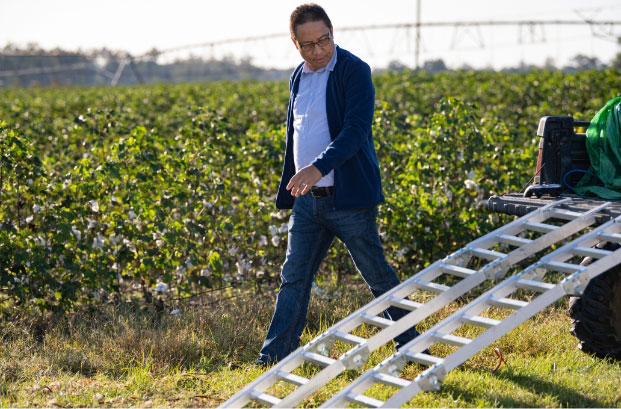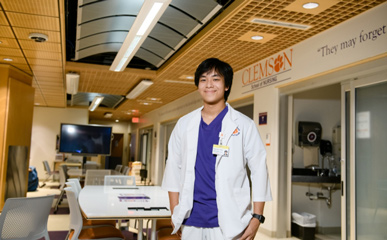Grow your understanding
Learning computer engineering from scratch took a special kind of work ethic that has served Maja well throughout his career.
The college lab where he took his first computer programming classes was open for three, three-hour blocks each Saturday. When students cycled out for a new lab, Maja would simply go to the back of the line, and if there was an empty computer, he’d sit down for another three-hour class.
“I would spend at least six hours in the lab on Saturdays and wouldn’t eat anything until dinner. And then I’d line up and do it all over again. I just got this notion that if you can create a computer program, you’re way ahead.”
Maja aced his computer fundamentals coursework that semester. Learning to write programs and focusing on microprocessor-based design also introduced him to influential faculty, and those connections helped set the trajectory of his career.
The fundamentals of coding he learned as a first-year college student in the Philippines still inform his work on complex, electronic boards he now creates for cutting-edge precision agriculture equipment. His journey also gives him a unique understanding of the challenge of acquiring new skills. It’s something that serves him well when he’s inviting farmers to embrace, adopt and employ new technologies for their work.
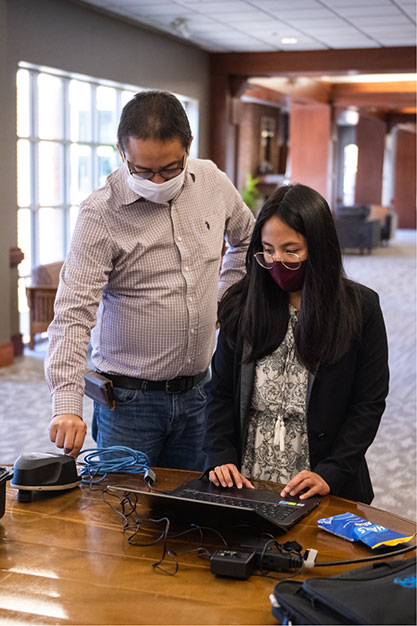
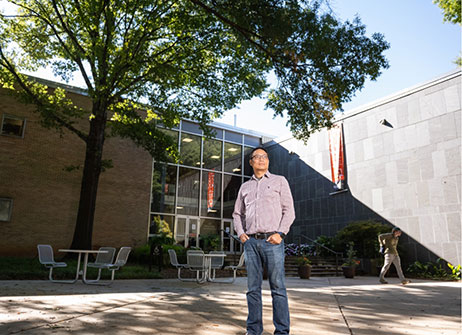
 Travel the world
Travel the world
Over the next decade, Maja’s work transported him from the Philippines to Japan to Lorient, France, back to the Philippines and then finally to the U.S. for his postdoctoral work.
A simple algorithm Maja created while he was in Japan allowed robots to navigate using a single sensing modality, a significant improvement from navigational technology in use at the time that required multiple ultrasonic sensors, which slowed processing speeds. Every opportunity that crossed Maja’s path became a stepping stone to even more chances for creativity and collaboration with like-minded scientists and engineers, finally landing him at a postdoctoral position with the University of Florida and then Clemson.
